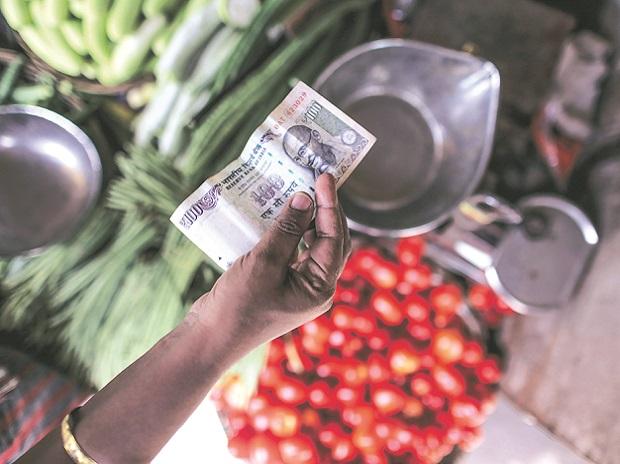The fiscal health of state governments has shown improvement after a sharp deterioration induced by the pandemic in 2020-21, the Reserve Bank of India (RBI) said in a report on state finances released on Monday.
The better showing on states’ fiscal front has been driven by a broad-based economic recovery and the resultant improvement in revenue collections, the RBI said in the report, which was prepared by the central bank’s Division of State Finances of the Department of Economic and Policy Research.
“States’ gross fiscal deficit (GFD) is budgeted to decline from 4.1 per cent of gross domestic product (GDP) in 2020-21 to 3.4 per cent in 2022-23,” according to the report.
“The improvements secured in the financial positions of the state governments since 2021- 22, as reflected in terms of lower deficit indicators (viz., gross fiscal deficit/ revenue deficit/primary deficit as a per cent of GDP), has increased the fiscal headroom available for undertaking higher capex,” the report said.
While the first two waves of the pandemic posed a significant fiscal management challenge for states due to revenue shortfalls, the subsequent Covid waves had a lesser impact on their finances.
“Accordingly, the states could bring down their gross fiscal deficit below the Fiscal Responsibility Legislation (FRL) target of 3 per cent of GDP in 2021-22. In 2022-23, the budgeted GFD of 3.4 per cent of GDP is higher but within the target of 4 per cent set by the Centre,” the report said.
With the central government’s scheme for financial assistance to states for capital investment aimed at pushing capital expenditure, state governments’ capital outlay to GDP ratio is budgeted to rise to 2.9 per cent in the current fiscal year from 2.3 per cent in 2021-22, the RBI’s report said.
The report, however, pointed out that CAG data indicated that state governments’ capital expenditure had grown at a modest rate of 7 per cent in the first six months of the current fiscal year versus 50 per cent growth showed by the Centre. Therefore, states would need to increase investment in the second half of the year and such efforts would be supported by buoyant tax and non-tax revenues, the report said.
On the debt front, the RBI’s report said while state debt is budgeted to decline to 29.5 per cent of GDP in the current fiscal year from 31.1 per cent in 2020-21, the levels were still higher than 20 per cent recommended by the Fiscal Responsibility and Budget Management Review Committee of 2018. Accordingly, states must push for debt consolidation, the report said.
“While the outstanding liabilities of states have moderated from their pandemic peaks, debt consolidation at the state level warrants urgent attention and a glide path needs to be set, keeping in view the need for rebuilding fiscal space to deal with future shocks,” the report said.
In the current fiscal year, the share of states’ market borrowings in total outstanding liabilities is expected to rise, the report said, adding that loans from the Centre would also likely increase due to the 50-year interest-free loans being given under the scheme for special assistance to states for capital investment.
Noting that states have budgeted a higher capital outlay in the current fiscal year than the previous three years, the report said that looking ahead, larger allocations for sectors like health, education, infrastructure and green energy transition would help boost productive capacities.
The process, however, is contingent on states mainstreaming capital planning rather than treating the same as residuals and “first stops for cutbacks in order to meet budgetary targets.”
“It is worthwhile to consider creating a capex buffer fund during good times when revenue flows are strong so as to smoothen and maintain expenditure quality and flows through the economic cycle,” the report said.
The RBI’s report said states could continue focusing on establishing a suitable environment for the private sector in order to crowd-in private investment.





GIPHY App Key not set. Please check settings